Tiffen Vari IRND Brings Cinematic Look to the BMCC
Welcome to the Hurlbut Visuals Blackmagic Cinema Camera Tiffen Vari ND test. Tiffen and I have had a very long relationship dating back to the days of The Rat Pack when I was shooting film. It’s always been a great collaboration.
Steve and his team have really knocked it out of the park on all of their neutral density and beautiful diffusion filters. They really understand filmmakers and cinematographers and what they absolutely need.
When Steve Tiffen came to me and said, “You know what? I’ve created the Tiffen Vari IRND. Would you like to test it out?” I said, “Absolutely! You know, this sounds very cool.” I’m usually not a very big fan of Vari IRND or any Variable ND because it’s basically dueling polarizers. Any time you have dueling polarizers, by rotating, you are intensifying the polarization. By intensifying the polarization, you are taking the reflection off of somebody’s skin and making their skin appear to be very matte. By doing that, I feel that it really loses the vitality of the skin of the actor or actress. I really love the subtle reflections that you get without polarizing skin. As a result, I was reluctant to use Vari NDs, and I haven’t used them in the past. I’m very old-fashioned in that regard. If I want 3-stops ND, I put a ND 9 and if I want ND 5-stops I put in a 1.5, and I’m constantly changing it. I’m not sitting there just rotating the variable ND to dial it in to the correct exposure.
So we are going to embark on this wonderful Tiffen Vari IRND test, so let’s roll it. Here we have the Blackmagic with an L-series 24 mm lens. I’m at ISO 200, shutter speed 180, 5600 Kelvin, 23.976fps, the aperture at ƒ/17, shooting in pro-res. This is the minimum at which you can have this Vari ND, which is somewhere around a 1-stop on Neutral Density.
Right off the bat, what I’m seeing that is there is too much IR filtration on this Vari ND. The sky is going very green. The cream-colored building across the street has green tones. There just seems to be a green cast everywhere.
My thought process was that the Blackmagic camera has about three stops IR filtration built into its sensor. Look at the filmstrip below of one stop ND, 2 stop ND and 3 stop of ND where it is not getting browned out with IR pollution.
At DOT 1, still you can see the image is way too green. This obviously means that the Blackmagic camera has some IR filtration on its sensor. We did tests by shooting with straight ND’s up to .9 and found that somewhere in between, .9 – 1.2 is where you need to add IR filtration.
 DOT 2 is the same thing. The DOT 2 is basically 3-stops of ND because the minimum is already 1-stop.
DOT 2 is the same thing. The DOT 2 is basically 3-stops of ND because the minimum is already 1-stop.
Now this is where it changes. At DOT 3, we are starting to see the color green coming out of the image. You are really starting to see the cream color of the building show and the sky is starting to get a little bluer instead of its green cast that we saw previously.
At DOT 4, it looks even better. I think Tiffen is really nailing the IR filtration right at DOT 3 and DOT 4.
When you think about it, you know we are still not at the f-stop that we should be shooting with the Blackmagic Camera at a 8.7. Look at the image. Everything is in focus, with this very small 4/3 chip camera. The maximum f stop that you should be shooting at is a ƒ/4. Take a look at DOT 5. It is looking beautiful with great skin-tone with no brownness. The sky is coming alive. There are no browns in the green and no brown in the shadows. This is an excellent filter.
At DOT 6, we now have 7-stops worth of IRND. It’s beautiful. Look at how all the color tones are here. We have greens. We have the cream of the building. We have the beautiful blue sky. We have a wonderful skin tone. I shot this all on pro-res. I didn’t want to go raw. I just wanted to show you pro-res so there’s some kind of color on it and it was not just a flat file.
At ƒ/4.5, ISO 200 at max the background is just starting to come out of focus a little and this is where it’s starting to become a very cinematic camera.
My favorite setting on this Vari ND is X, which is 10 stops worth of IRND. I absolutely love this look. You have the glow in her eyes there. You have the beautiful blue sky. There’s no brownness at all. The images are very clean. Now we are at ISO 400 at an ƒ/2.0. Our background is beautifully out of focus, and our model separates beautifully from the background. This is the way I would be shooting a BMCC. This is where it really shines.
Monette Moio is a very beautiful model and I want to thank her so much for coming in and doing this.
Now we’re going to move on to a maximum minimum test because what I wanted to do is to see if the IR and these dueling IR filters would take that skin reflection out.
This is what I noticed. Tiffen is being very smart at what they do. They use the minimum setting to kind of matte the skin because you really are not going to roll out with the Vari ND at its min setting. As you intensify the Vari ND to the .3, .4, .5, .6, .7 area, it opens up and brings that vitality back into the skin. It makes it so it’s absolutely beautiful and with no skin reflection being removed.
We are going to rotate the pola and try to adjust the stop. My ACs are doing their best job, but we can see it’s really not matting the skin that much. The polarizers are reacting beautifully and they are reacting in a way to deliver a clean image the way you should be shooting this camera, which is mainly at 6 or .7 max or X.
What kinds of filters do you use? What have you encountered when shooting with the Vari NDs?
The Tiffen IRVND is now available at B&H.
View videos in 1080p on Vimeo.
From blog reader Hans Hijmering:
These are color corrected files from the Tiffen IR Vari ND test. It’s a test to see how well they grade. In the process of filtering the infra red light this filter leaves a greenish cast in the image (higher ND number produces less green). Color correction was done in Davinci Resolve. The green was removed to make the image appear neutral. A custom LUT was applied to transform the image from film (log) mode to REC 709 color space. This LUT also ads color saturation. No masks or power windows were used.
We have made these files available for download here in 1080p:
E E02 2013-11-20 0750 C0022 grade HH
E E02 2013-11-20 0751 C0023 grade HH
E E02 2013-11-20 0752 C0024 grade HH
E E02 2013-11-20 0754 C0025 grade HH
E E02 2013-11-20 0756 C0026 grade HH
E E02 2013-11-20 0815 C0034 grade HH
Hans has made the custom LUT available for download here:
All videos were edited on HP Z840 workstations using HP Z24x DreamColor monitors.
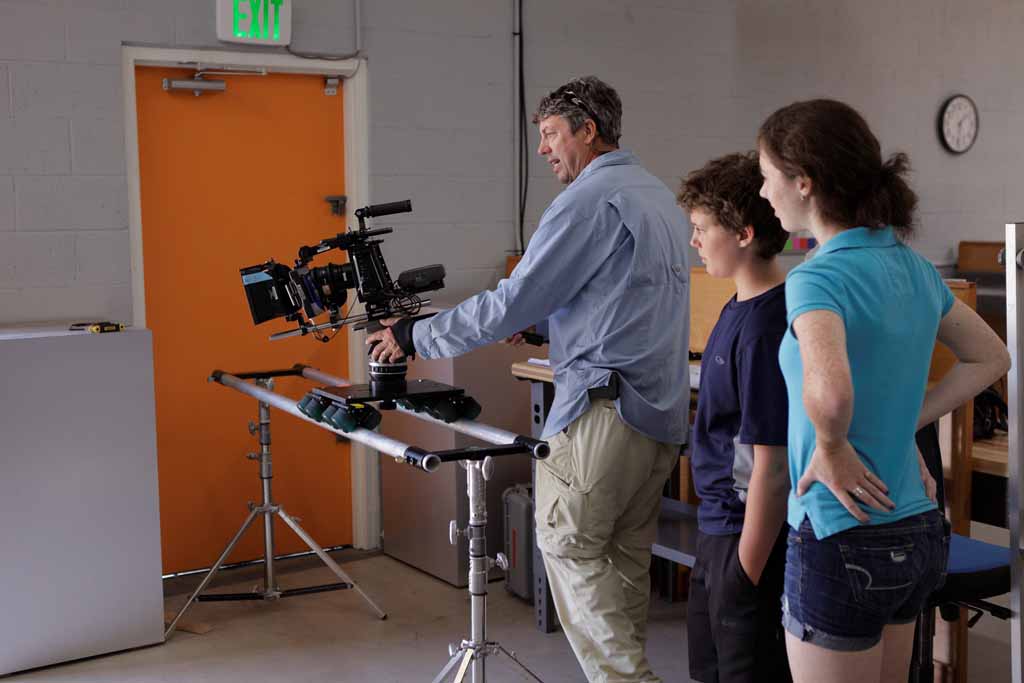







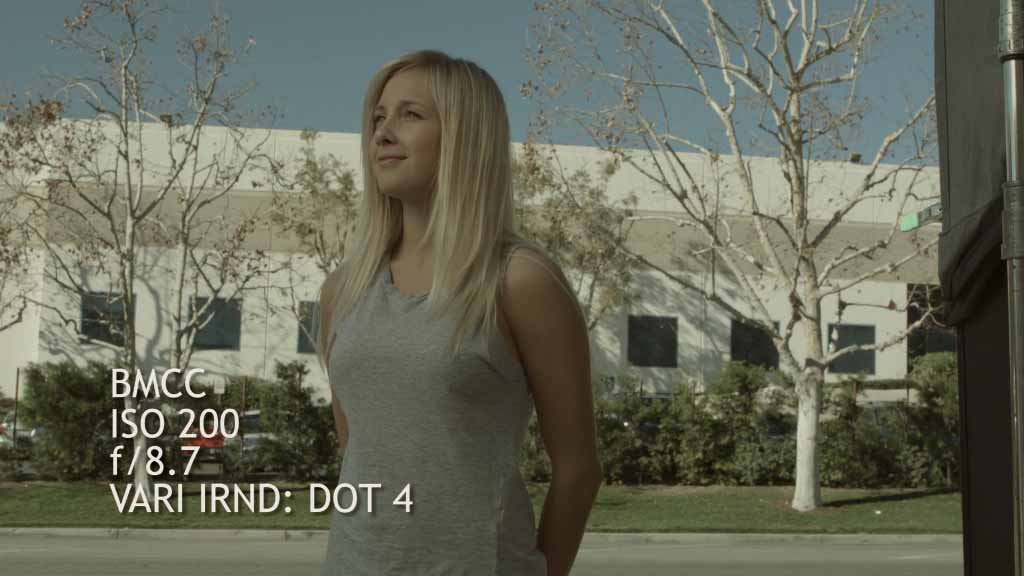
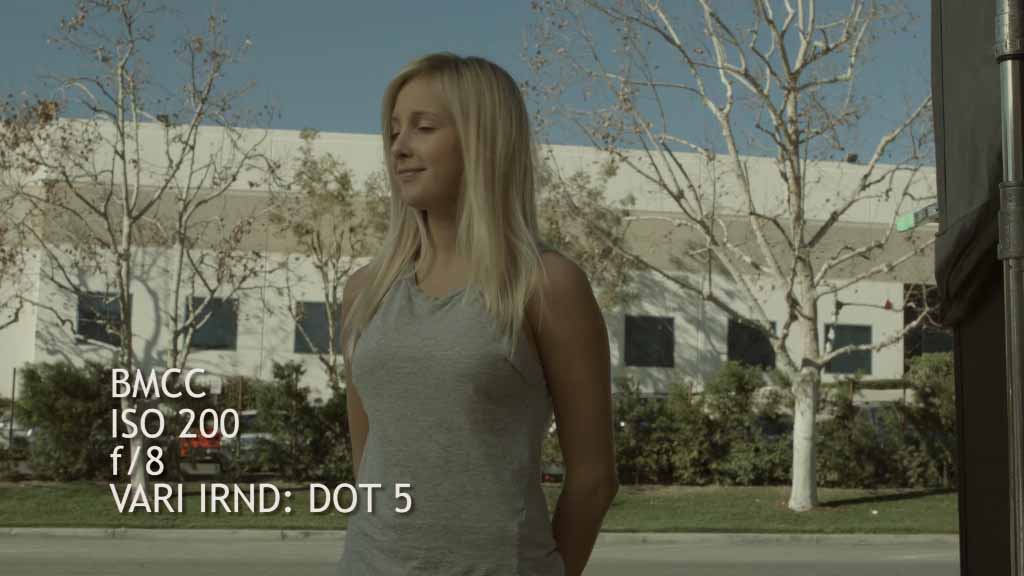

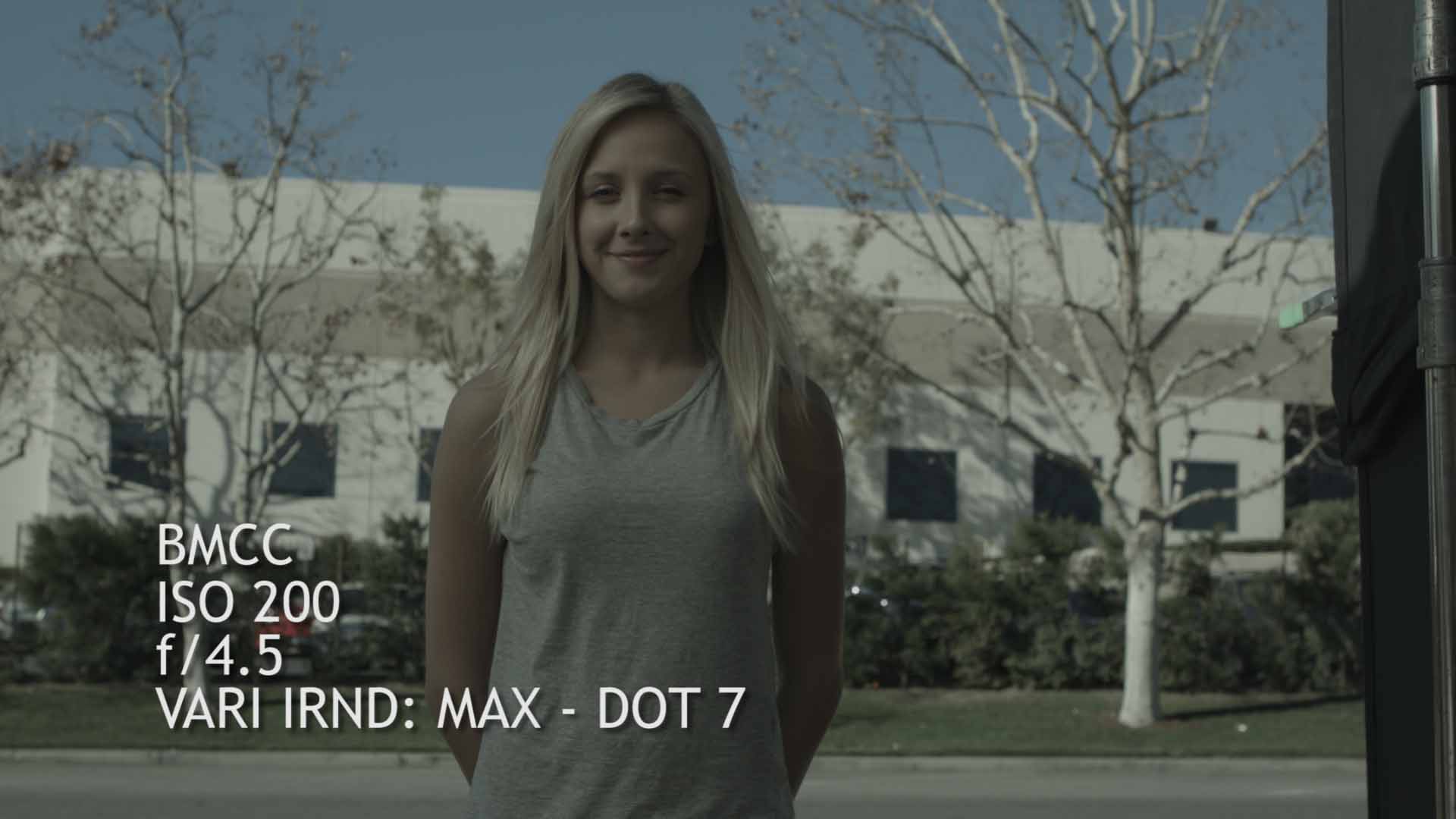
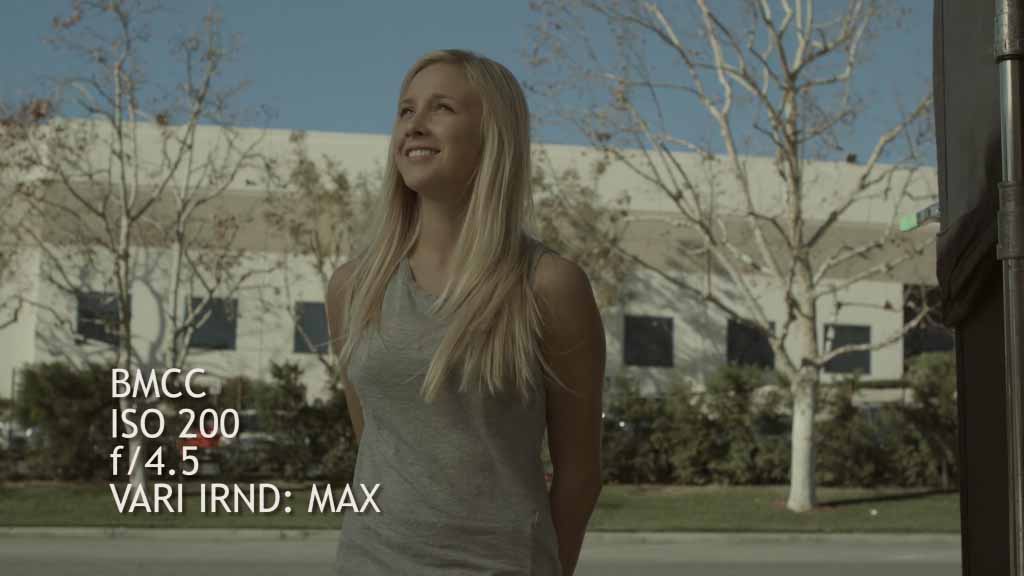

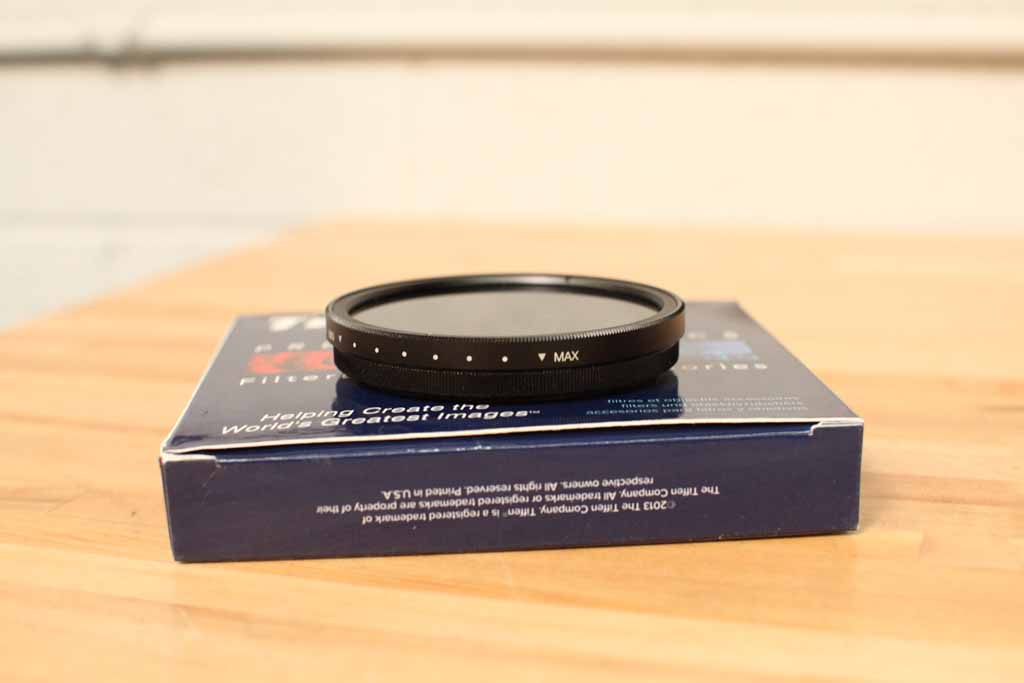




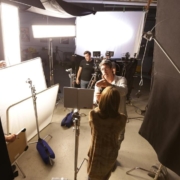
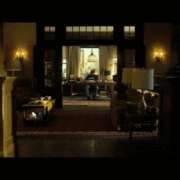


Are these specific Vari IRNDs not available yet? I have a 77mm tiffen vari ND and its work nothing like the IRND, get the typical X when I get to max on a APS-C sensor, but i guess the 4×3 sensor could be hiding that? I just am trying to find a good budget method to keep my DOF shallow without making pulling focus a nightmare (as Im doing it myself on still canon lenses). Thanks for the awesome blog articles, Shane!
Jason Bowdach, you will not have a focus pulling issue even at a 2.0 because with that sensor size is like a 5.6.
Many thanks Shane! I’ll keep that in mind when shooting with cams with these smaller sensors.
You Bet, glad I could help
I checked with Tiffen recently, and they are now available at B&H-
http://www.bhphotovideo.com/c/buy/Tiffen_IRVND/Ntt/Tiffen%2BIRVND/N/0/kw/search/BI/8721/KBID/9934/DFF/d10-v1-t12
Awesome test Shane. Do you know when these will be available? B+H link only has the non ir varis.
Mark, thank you so much, Tiffen is getting this baby out soon.
Here is the B&H link – http://www.bhphotovideo.com/c/buy/Tiffen_IRVND/Ntt/Tiffen%2BIRVND/N/0/kw/search/BI/8721/KBID/9934/DFF/d10-v1-t12
Yeah, I’m a little confused. It looks exactly like my Tiffen VND, but it doesn’t have IR filtration. I just bought the Hoya IR Cut to compliment it.
Jared Caldwell, copy, if it works for you, go for it.
You can always use a cheap empty (take the glass out), polarizer ring and put the vari-ND on top of it. So you first dial in your ND, than you turn the whole assembly (on the empty polarizer ring) to dial in the grade of polarization.
Hi Frank
I have the Tiffen Variable ND and the Tiffen T1 IR, how can I do what you say ??, Dont understand too well, sorry.
Frank Glencairn, that is a cool idea, but that is Polarization and not good on the skin
I use an 8 stop Vari ND from Genus Tech on my BMCC and I found no issues so far.
Corey Steib, that sounds cool
It is no the same than putting the Tiffen T1 IR and the Tiffen VND working together like a workaround in case that you have both of them ?
Abraham, unfortunately not because as you increase ND you increase your IR pollution, the IR filter is just a RED ONE hold over
Love to know how this compares to the Heliopan Variable ND 0,3 – 1,8 that I own and paid lots of $$$ for =]
Pippin Rush, I have no idea
I personally think the Heliopan and the Singh Ray add a dirty texture to the bokeh. Not really sure why. The Tiffen was the only one that I found that didn’t muddy up my image and doesn’t cost an arm and a leg.
Dave Dougdale did a great comparison of a bunch of the more popular Vari NDs.
https://www.youtube.com/watch?v=nECdBiu5Rrw
I think I was confused there for a minute. It looks like this is a new product from Tiffen. Thanks for the review Shane!
I’m currently using Tiffen’s non-IR VND. You definitely get some ugly IR contamination at higher ND on the BMCC. I’ve just recently added the Hoya IR Cut, and it’s made a huge difference. Skies are blue and grass is green.
I’m curious to see how this new filter “stacks up” (haha) to the current combination I have.
Thanks again, Shane.
Jared Caldwell, whatever works and you are happy. I was impressed with the specs on this and we are adding a color correct segment to this blog so you can see how well it grades.
Looking forward to it, Shane. Thanks again for your give-back.
Jared Caldwell, you bet, thank you
Definitely love and sharing this blog post, Shane.
I’ve never been too much of a fan of vari-NDs myself either, but recently began exploring ’em when I wanted to travel very light and shoot at a wide iris f-stop.
Here’s a still from a recent promotional film where I’ve used a cheaper Fotga brand with similar results (on Contax Zeiss 50mm/80mm 1.6x at a wide open f-stop of 1.7): http://farm8.staticflickr.com/7408/12704061614_d16e30feb8_c.jpg
They’re definitely very useful past the certain “dot” ranges as you’ve said. I do want to experiment more w/ higher quality ND glass in the near future.
As usual (and never under-appreciated), thank you for this wonderful post, Shane.
Kahleem Poole-Tejada, you are very welcome and thanks for sharing my friend.
Hi Shane,
If you had to choose between this IR Vari ND and a set of Tiffen 77mm IR ND filters, which one would you go with?
Thank you for another great post!
Joshua King Ortiz, We did the test with the IR ND’s and the Vari IR ND was more accurate especially after Dot 4.
So out of curiosity, how much IR filtration do you think the 5D Mark III sensor has built in?
In combination with the OLPF that is..
A ton, I have gone up to 10 stops of ND no problem
Hi Shane,
Awesome post! Quick question – if the 5D MK III has lots of IR filtration already built in as you said above, would using this tiffen vari IR ND be overkill for this camera? i.e too much IR filtration causing a green shift? In which case would a tiffen vari ND filter without IR cut be a better option for shooting with the 5D3?
Thanks
Shane, any word on a release date for this filter? I can’t find any other info on it
Kyle, I think they are still testing it. Tiffen wanted to test the waters with this blog to see if there was enough interest. We are updating the post with color corrected files on Monday
I’m sure they will get plenty of good feedback seeing as though they have reversed the matting and made the most desirable image when you are around dot 6-X. This is unlike most other filters so I believe it will stand out because of that. Thanks for the reply and I’m looking forward to seeing the colored footage!
Kyle, The colored footage is up on the website now at the bottom
It is up on B&H now- http://www.bhphotovideo.com/c/buy/Tiffen_IRVND/Ntt/Tiffen%2BIRVND/N/0/kw/search/BI/8721/KBID/9934/DFF/d10-v1-t12
I was looking at the footage, and I’m not seeing the dreaded “X” you get at higher levels of ND when using Tiffen’s current Vari-NDs. Has Tiffen eliminated the “X” effect, or am I just missing it?
If Tiffen is trying to get feedback for this new Vari-IRND, I think it would also be nice if the dots were in 1 stop increments. It’s not a total deal breaker, but it would certainly help with the way I shoot. The current way I monitor exposure on this camera is with the built-in zebras and a light meter. I’ve done exposure tests to understand the dynamic range of the camera and how far I can push and pull from middle gray.
Essentially, I’m taking a reading with my light meter, making sure I’m not clipping with the zebras, and doing the math in my head to get correct exposure based on my knowledge of the camera. Having the dots in 1 stop increments on this filter would make my life a lot easier.
Jared Caldwell, I could not agree, this is an IR Vari ND not just a Vari ND filter, that is why the X is not there, but yes it should be in one stop increments I will pass this along
Thank you for the demonstration. A few questions:
I count about 7 stops difference between your “ISO200, f17, min” shot and the “ISO 400, f2, X” shot. If min is about 1 stop, then at X you’re getting about 8 stops of ND, not 10. How did you get 10? Is the min actually a lot higher?
I don’t get how the addition of IR filtration can prevent the X effect. I certainly get an X with different IR cuts on my Genus Eclipse. I understand that the X is inherent in crossed polarizers, though much more obvious at wide angles. A 24mm lens would be a longish normal on the BMCC. Did you test with a wide? Or is there a stop on the VND that prevents turning far enough to get an X?
Is the IR part of the Tiffen IRVND dichroic (hot mirror) or absorption (like T1) or a hybrid?
Thanks!
Steve Wake, I wish I could answer all of these questions but I cannot, I would refer to Tiffen directly, this filter has not been released yet. It was a test on how I liked the look of it and I did. Thank you for your support and so sorry I could not be of further assistance.
Hi..
I want to buy one of these, can you advise please? I want to buy one ASAP! :-)
Panny Hire Camera Hire, You will have to reach out to Tiffen, I did this to test the capabilities of the filter, they have not told me when it will be for sale
They are now available at B&H-
http://www.bhphotovideo.com/c/buy/Tiffen_IRVND/Ntt/Tiffen%2BIRVND/N/0/kw/search/BI/8721/KBID/9934/DFF/d10-v1-t12
It will be available in the UK next week from WEX Photographic. They will only have a very small quantity but I will try and get a link once its available on their website.
Stuart, thank you so much. Great news
The product is now live on
http://www.wexphotographic.com/buy-tiffen-77mm-ir-cut-variable-neutral-density/p1549818
They will have stock next week.
I believe the above wex photographic link is not accurate. I just got off the phone with Tiffen and they have not released the filter. It’s not on their website, and the manufacturer code on the wex website doesn’t exist on the Tiffen website.
Hi Jim,
And thanks for your concern over the link. I can assure you that the link is Genuine and the product is now in stock. Given the demand of this filter, the Tiffen UK office felt it was necessary to bring in the 77IRVND with which WEX agreed to take a small volume of stock to supply customers who require it. There will be more retailers/suppliers keeping this filter on the shelf as more stock arrives which will be announced in due course.
If you have any concerns then please feel free to contact Tiffen UK
Thanks for the great test Shane. I saw you doing a demo on it at NAB as well. Is this filter available in the US yet?
James, they are making it now and should be out soon.
Just found it at B&H-
http://www.bhphotovideo.com/c/buy/Tiffen_IRVND/Ntt/Tiffen%2BIRVND/N/0/kw/search/BI/8721/KBID/9934/DFF/d10-v1-t12
Hi Shane, thanks so much for such an informative review! Pardon for a potentially ignorant question, but is there a difference between Tiffen Variable ND and Tiffen IR Variable ND filters? If there is, which one would you recommend? Thank you!
When will this filter been released? Last post was made a month ago. Checked with B&H, Adorama, and some local places and no luck.
It is available at B&H now-
http://www.bhphotovideo.com/c/buy/Tiffen_IRVND/Ntt/Tiffen%2BIRVND/N/0/kw/search/BI/8721/KBID/9934/DFF/d10-v1-t12
Yet another awesome post, I really appreciate it. What is the difference between using this IRND and the regular one from Tiffen’s line. What situations might an individual decided to use one over the other?
Hello Shane,
Awesome blog and your experience you share with us is invaluable! Thanks for this first of all!
I have a BMCC 2.5K camera and previously bought the 77mm Tiffen Indie HV kit with the 0.3, 0.6, 0.9, 1.2 NDs in it. Now I want to buy the other part of the series and I’m concerned what to buy. I’m looking at the IRNDs and first I wanted to buy the IRND set with the 0.3, 0.6, 0.9 and 1.2 IRND because you mentioned that it’s better to stack them on the regular NDs, then go for the 1.5, 1.8 and 2.1 IRND set. Now I read your blog with this Tiffen vari IRND filter and I really don’t know what should I buy next to my existing set. What would you recommend me? Price-wise the 0.3, 0.6, 0.9 and 1.2 IRND set is the same as this new vari IRND filter.
And a second question…. I don’t have a matte box yet, but considering it for shooting in a forest and in a set where I’m concerned with light spills. Is it really lame to use a matte box with my 77mm filter set? There are adapters which enable me to put them in the filter frame, but I don’t know how good this idea is…
Thanks for your time and answer,
Gabor
Gabor,
I would suggest thinking about what your needs are for your shoots/projects. If you don’t find yourself in the position to get setup with a big rig and are doing a more “run-n-gun” style, I would suggest getting the Vari-ND. It will help you speed wise, but there are always compromises.
If you are concerned with flares, light spills, I would suggest getting a matte box. But you could always hollywood a flag in from above the lens, or try getting some photo-black paper tape and create a little cone around the lens. Or even some black wrap. Don’t use Blue painters paper tape that you’ll find at the hardware store, as you could run the risk of having the light hit the blue paper tape and spill a blue hue into your lens. Blue painters tape isn’t designed to block out light.
I hope that can help guide you a bit and good luck!
Hi all. I just wanted to let y’all know that I just purchased the Vari IRND filter from 2filter.com. They have them in stock. $239.03
Thanks for the heads up, Brian.
Thanks for the review Shane! When will these Vari IRND filters be released by Tiffen? Currently looking for a new Vari ND, would really like to go with these!
Just found them at B&H –
http://www.bhphotovideo.com/c/buy/Tiffen_IRVND/Ntt/Tiffen%2BIRVND/N/0/kw/search/BI/8721/KBID/9934/DFF/d10-v1-t12
Thank you for this review. Any user reviews would also be appreciated. As of 1/9/15 B&H is showing only 2 user reviews of this filter. Is anyone using this on the BMPCC?
I’m new to the field… Thinking about getting the BMPCC with the Voigtlander – Nokton 17.5mm f/0.95 Lens. Trying to decide what filters to get, just to get me started.
Would this filter work for both indoor and outdoor shooting, or would I need a separate IR filter just for indoors, as I may not need a ND filter for indoor shooting?
Any replies and suggestions would be much appreciated! Thank you!
How is it’s performance with sunlight directly in the lens?